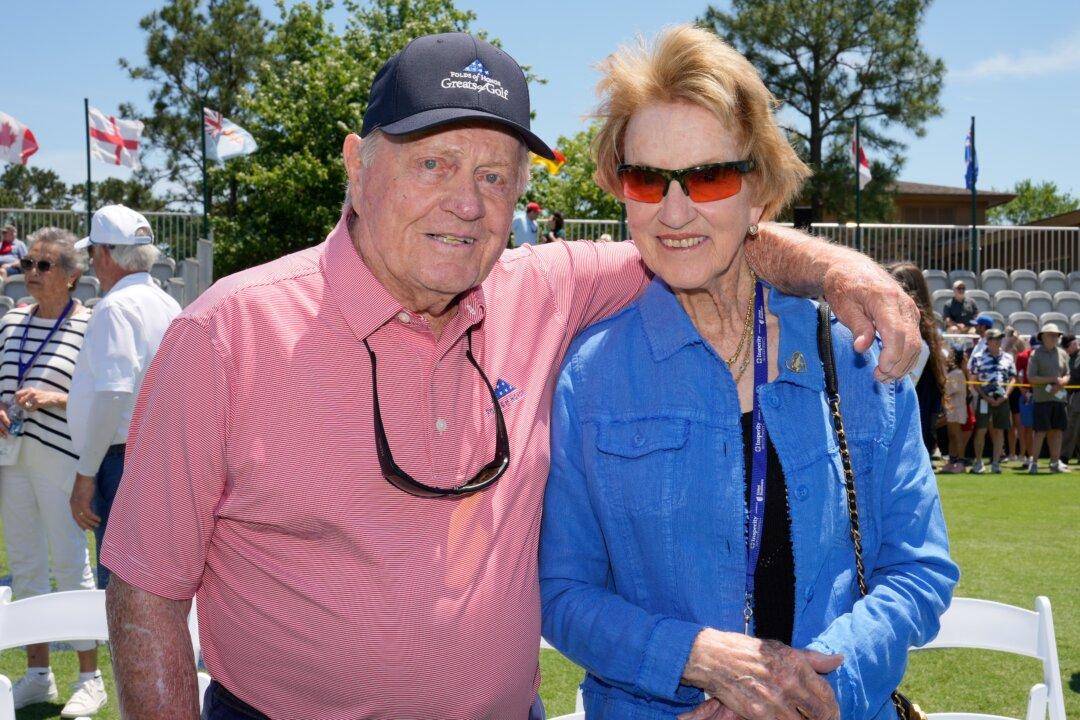NORTON, Mass.—When the FedEx playoffs were instituted in 2007 the thought process from the brass of the PGA Tour was to have a defined end to the golf season, mirroring what other major sports in America—namely the National Football League (NFL)—provides for its fan base. This year’s playoffs have meant a slight scheduling issue. Since 2014 happens to also be a Ryder Cup year, the four events that constitute the FedEx Playoffs have been scheduled in consecutive order with no break between them.
Players competing for both the USA and European teams for the Ryder Cup will have one week off prior to those matches commencing the last week in September. One also needs to keep in mind the sheer number of rounds played has been at a high level since the playing of the WGC Bridgestone Invitational in early August followed by the PGA Championship the very next week. The top-tier players did skip the Greensboro event after competing at Valhalla, but otherwise the amount of play has been a steady procession, week after week.
The Tour does not have the likes of Tiger Woods—who did not qualify for the playoffs—given his self-imposed desire to mend completely from earlier back surgery this season and woeful results when he attempted to comeback this past July, to play this weekend. Being able to sustain a consistent high level of play for the duration of all the events is clearly an issue.
At this week’s Deutsche Bank event—just outside of Boston—a number of key players have opted to sit on the sidelines. Among them include past European Ryder Cup participants Graeme McDowell, Sergio Garcia, and Justin Rose will not play.
For McDowell the pullout is tied to a pending birth of his first child. For Garcia and Rose the opportunity to have a break for some needed rest was cited. Also missing this week’s event who were otherwise eligible are Dustin Johnson (personal leave), Jason Dufner (neck injury), and Paul Casey (paternity leave).
The PGA Tour faced a daunting task when scheduling events for 2014. The Ryder Cup is not under the domain of the PGA Tour—it is owned by the PGA of America—and fixed dates for that event were known for quite some time. Pushing the Ryder Cup matches into early October was a deal-breaker simply because of the increasing likelihood of problematic weather—the matches are being held in Scotland at Gleneagles.
There is also the direct competition the matches face against collegiate football and NFL games in America and the five-hour time change the matches present when played across the pond.
No question the $8 million purse per playoff event can rouse players intent on finishing strong for the 2015 golf season ahead. However, the wherewithal to play that much golf—at such a high consistent level—can be a demanding chore—golf’s equivalent of a marathon race.
There’s also the issue for both Ryder Cup teams to handle the adjustment in finishing the Tour Championship—played at East Lake in Atlanta where temperatures will likely be in the 80s—and then shifting gears to Scotland where playing conditions will likely be anything but benign. Clearly, only the final 30 players who gather at East Lake will be the ones who will need to deal with the possible fatigue that comes from round after round—different venue after venue.
Jack Nicklaus, during his time as the game’s premier player, did not have to worry about such an abundance of golf. In those times the PGA Championship was usually the “unofficial” end of the key golf season. The Tour brass—specifically Commissioner Tim Finchem—realized an opportunity to use those available weeks from the end of the PGA Championship until the early Fall and build a self-created “playoffs” in which professional golf here in the USA could be extended.
The key question in the years ahead is will the very elite players continue to play the sheer number of events compressed in that time frame? The Ryder Cup matches only come every two years and the resulting pressures players routinely face when competing for Samuel Ryder’s prized trophy could mean fatigue at a most critical moment. The same situation applies to the President’s Cup matches—another PGA Tour creation—held in the year following Ryder Cup play.
Given that only American players are involved with both team events, the question of whether players will opt to continue with such a heavy dosage of play is problematic. Adrenaline will sustain many of the players but for those at the highest level of competition the need for sufficient rest so that one’s physical and mental edge is at the highest of levels could make for very interesting decisions in the years ahead.
M. James Ward, a member of Golf Writer’s Association of America (GWAA) and past member of Met Golf Writer’s Association (MGWA), has reported on golf’s grandest events since 1980 in a variety of forums.




